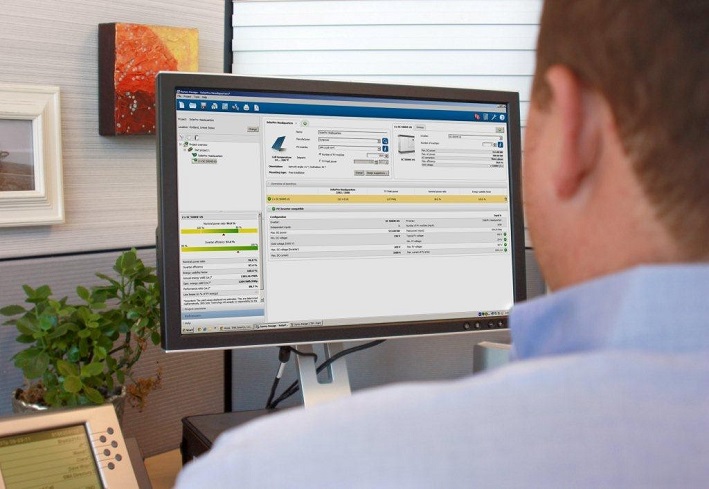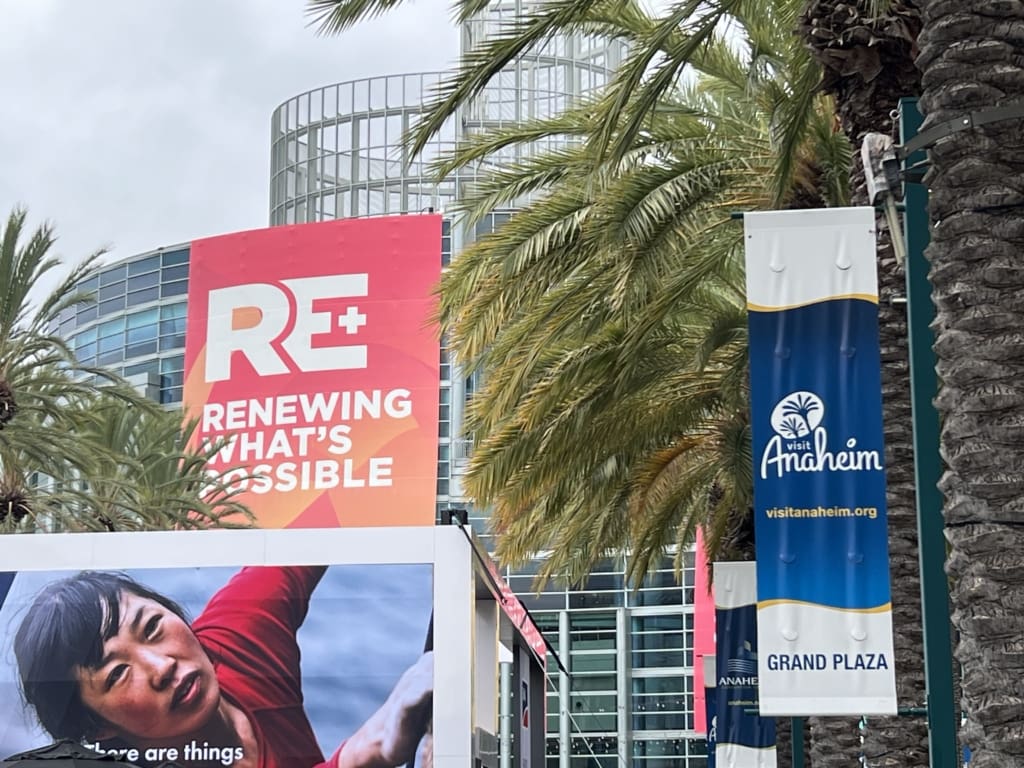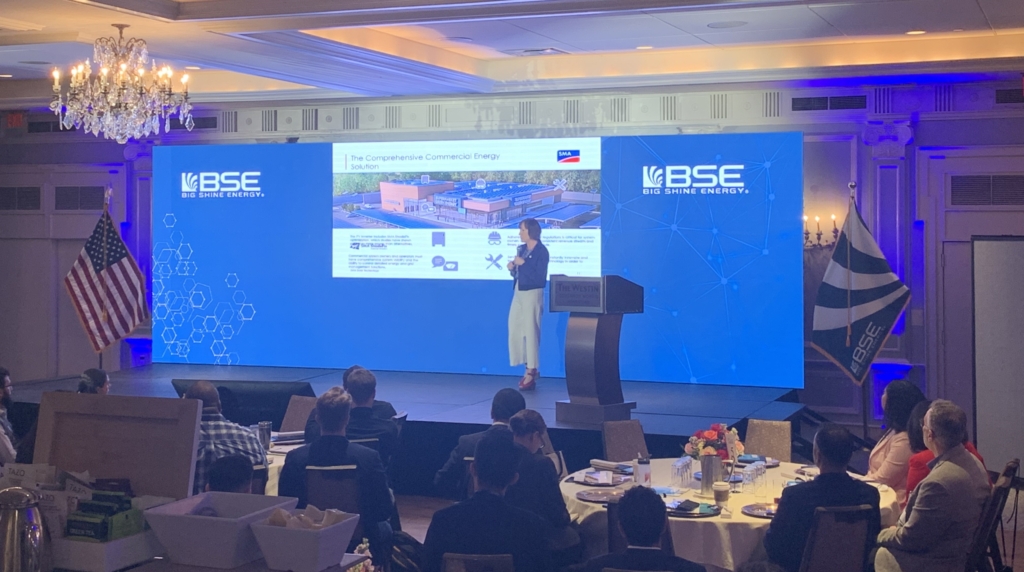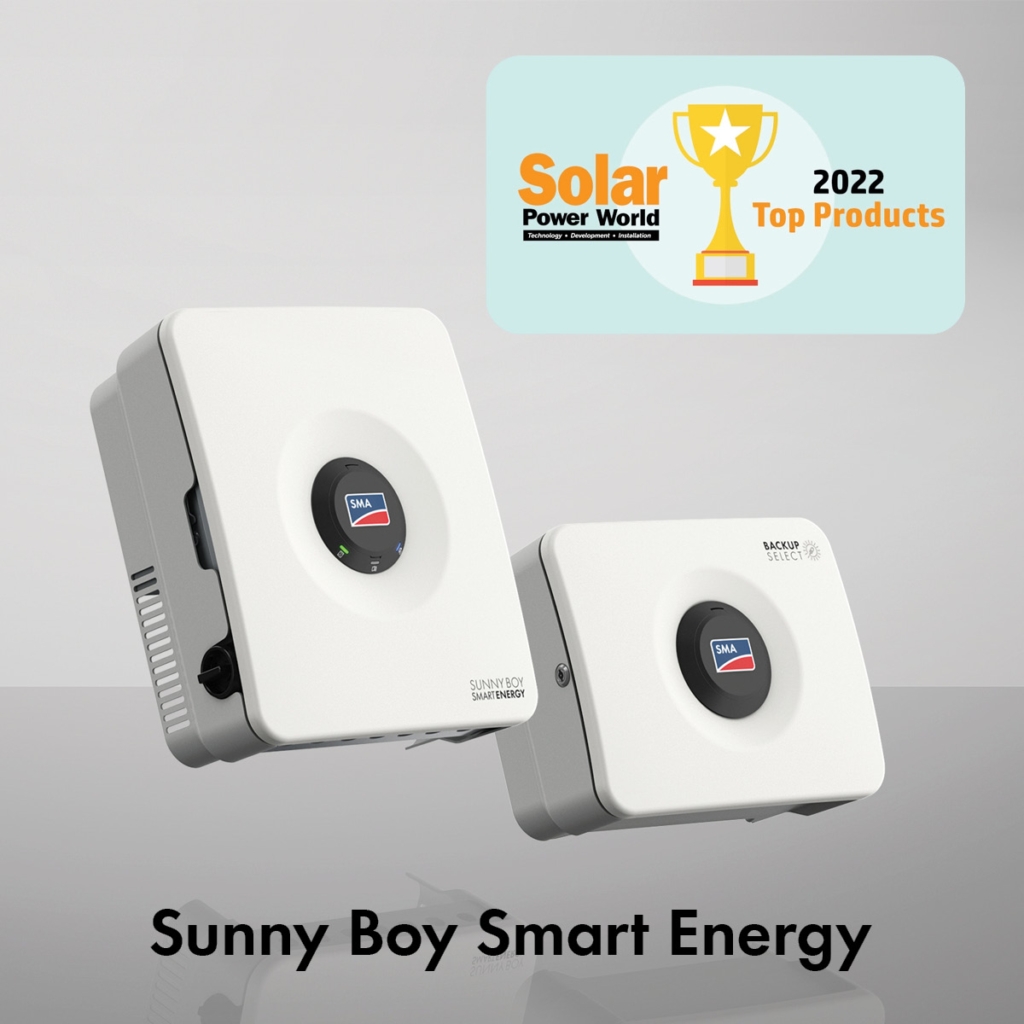Part 1: Commercial PV System Sizing and Design with SMA CORE1 Inverter

PART I
In view of the increasing number of PV commercial installations across the U.S., installers and contractors find themselves under constant pressure to complete more projects in less time. In order to achieve this, they must streamline the installation process while maintaining safety and quality standards.
The first step of the process starts with design. While most of the time the objective is to maximize roof space in order to fit as many modules as possible, it is essential to plan ahead for service and maintenance, leaving enough space between strings of modules in order to allow easy access. Once the system layout has been determined, the equipment for the project must be selected. When choosing the right inverter for the job, one must consider more than just technical specifications. It is also important to keep he installation process in mind, under what conditions the inverters will be working, and all other major requirements of a commercial PV plant, including; monitoring systems, weather stations, string aggregation, shade mitigation, racking structures, and additional BOS.
When considering all these factors it is often difficult to find an inverter that can meet all of the required metrics for the integration. Fortunately, we have the tools and the solutions to help you design a successful project that can be carried out and completed within a tight deadline.
First, SMA’s free sizing and simulation tool, Sunny Design, allows you to size systems correctly by matching SMA inverters with PV curves, and to compare design alternatives with different inverters in order to be able to make the right decision not only based on energy yield but also on economics and architectures.
As an example, we sized a 67-kWp rooftop commercial system with Sunny Design. We designed two alternatives for this project; one with the Sunny Tripower TL-US and one with the Sunny Tripower CORE1 – the latest addition to our commercial solutions portfolio. For this project, we designed a roof-mounted array with an East/West configuration and a 15o inclination.

When used in the automatic design mode, Sunny Design will do all the calculations and can offer options based on profitability or energy yield. For the first alternative we have selected a design with two STP 30000 TL-US inverters. The suggested configuration for the array has three strings in parallel connected to each input of the inverter, meaning that we will need to incorporate DC combiner boxes in order bring the six strings into the two MPPT channels of the STP inverters. The results of the simulation, including current and voltage values, can be seen below:

It is important to note the 1.1 DC/AC ratio of the design. High DC/AC ratios account for module degradation and potential higher energy yields during a calendar year.

The higher integration of the CORE1 allows you to connect up to 12 strings to the inverter eliminating the need for additional BOS like DC combiner boxes. Thanks to its higher power rating of 50kW it is possible to reduce the number of inverters and the number of connections, improving the overall installation time.
When considering the specification of the PV plant it is clear that the advanced features of the CORE 1 align better with the requirements of the project.
Multiple communication channels allow for easier monitoring and commissioning. Although best practices for monitoring involve using a physical communications channel like Speedwire (SMA’s Ethernet based protocol) because of its reliability and higher speeds, WLAN is the better option when commissioning the inverter on site. It will allow direct communication between the inverter and any smart device that can connect to a wireless network and access the WebUI through a web browser.
In part two of our series, we will outline the benefits of the CORE1 for weather data integration as well as the advantages of using Sunny Design.




Hello, I really need some technical advise for my project. So we have 300kw project and want to installed. Basically we decided to use STP core 1 inverter which supply power to our daily and also supply the excessive power to the grid. The real problem is this, that we have also sunny island inverters for our emergency loads backup. So is it possible we use a multicluster box for our project to combine all the sunny island inverter, core 1 inverter, generator and grid to form a hybrid system which can also feed the grid as well as supplying power to the load?
Hi. I need some advise regarding a project. I want to install a 3ph 20kw SMA inverter. I need some advise on the best PV configuration option. I do have 16 x 250 watt (24v panels). I would like to use this pv panels on the 1 mppt controller( i need the best configuration option). Then i would like to add another 30 x 410 watt(48v) to the other mppt connection circuit.I will appreciate your input please.
Hi
I just need to ask if there are two SMA 50kW inverters, each using 9 strings. How do we connect the DC combiner box to it?
Thanks
What are the unique features of this inverter in comparison to earlier PV inverters? I did not find any operation guides regarding parrallel connection of this inverter..
what is recommended minimum and maximum DC/AC ratio for Core 1 inverter ?
Hi,
Reading the inverter manual, I saw, there are cases where the neutral is not needed. When are those cases?
And should the Ground be sized same as the Lines A,B, and C in that case?
Thanks.
Tengo un inverso SMA sunní Boy 7000wac y tiene un error 8206
Armando
Hi
We are looking the spec for a 1000 kw system
Do you can help with this information
My BR
JAW
Do we have to balance the PV input to the amount of MPPTs like in the example? 12 strings of 20, 40 panels per MPPT?
We could reduce the amount of PV wire by increasing the amount of panels per string in some cases and reducing the amount of strings.
can cor 1 inverter to deliver power for my load after utility gird failure ? in other words can i use it for export the access power to the utility but when the utility grid is shut down because failure the cor 1 well be still to feed my loads or cut off
Alejandro, thanks so much for the post.Much thanks again. Really Cool.